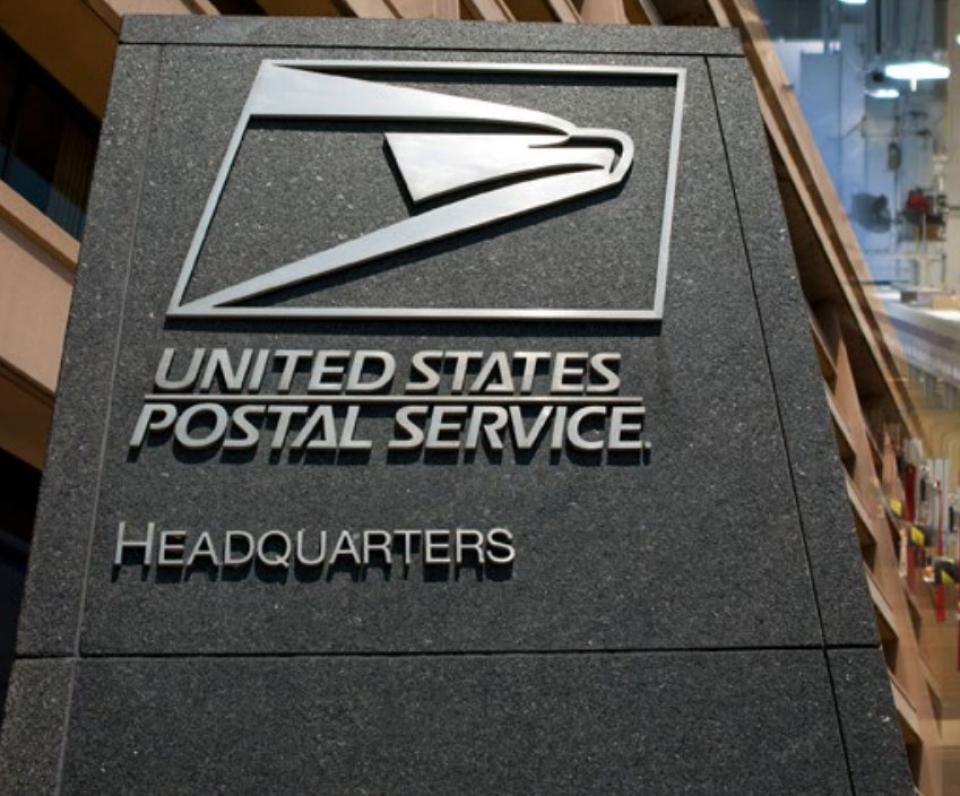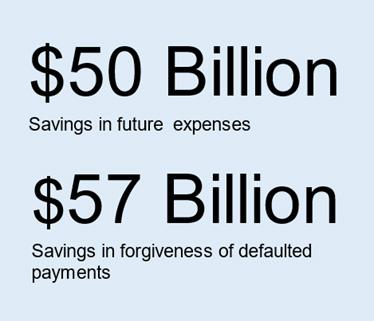Why do I see different estimated savings from Postal Reform?

I’ve seen two different estimates for how much Postal Reform will save the Postal Service – $50 billion and $107 billion – which is it?
The reason there are different estimates floating around is because they include different things.
The Postal Service Reform Act of 2022 has two main components that are behind the large savings you hear about in the news. The first is that it requires most Postal Service retirees to enroll in Medicare. This will have the impact of reducing the health care premiums the Postal Service must pay in the future.
The second big component is related to changing a requirement that was put into place by the 2006 postal bill. Starting in 2007, the Postal Service was supposed to prefund its retiree health benefits, by making annual payments into a retiree health benefit fund. The Postal Reform Act of 2022 eliminates this requirement.

The Postal Service estimated that together, these two things would save the Postal Service around $50 billion* in future expenses over the next 10 years. So, where does the other $57 billion in savings come from? While USPS was supposed to make payments every year into the retiree health benefit fund, it has not made these payments since it made a payment in 2010. The total amount of payments it had defaulted on was $57 billion at the end of 2021. The Postal Reform Act of 2022 forgives these outstanding payments.
*The OIG has not confirmed these savings estimates.
